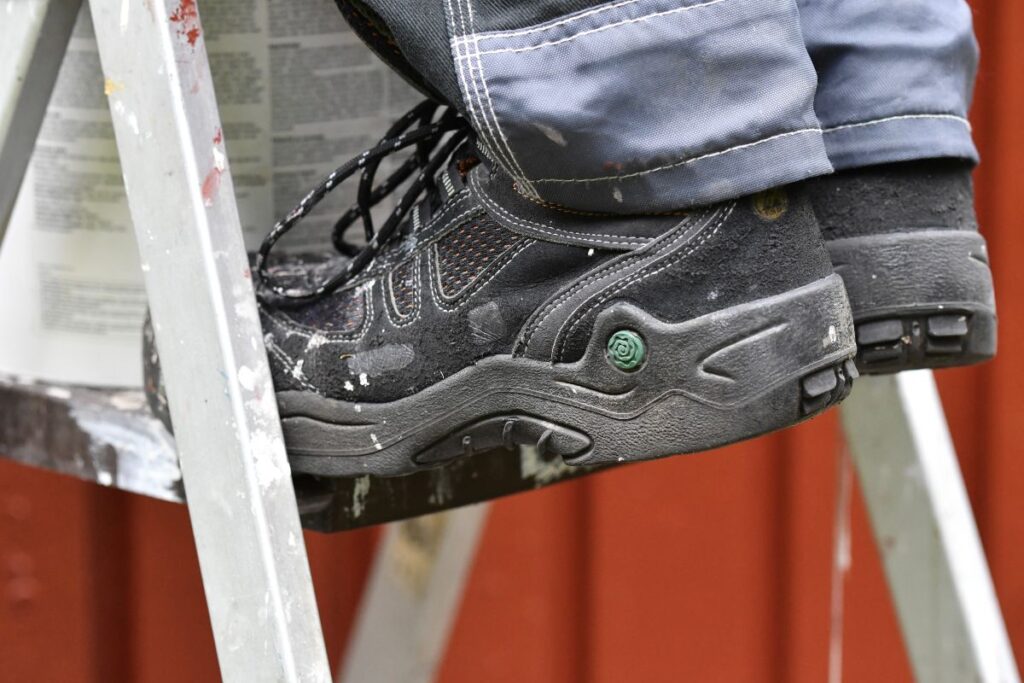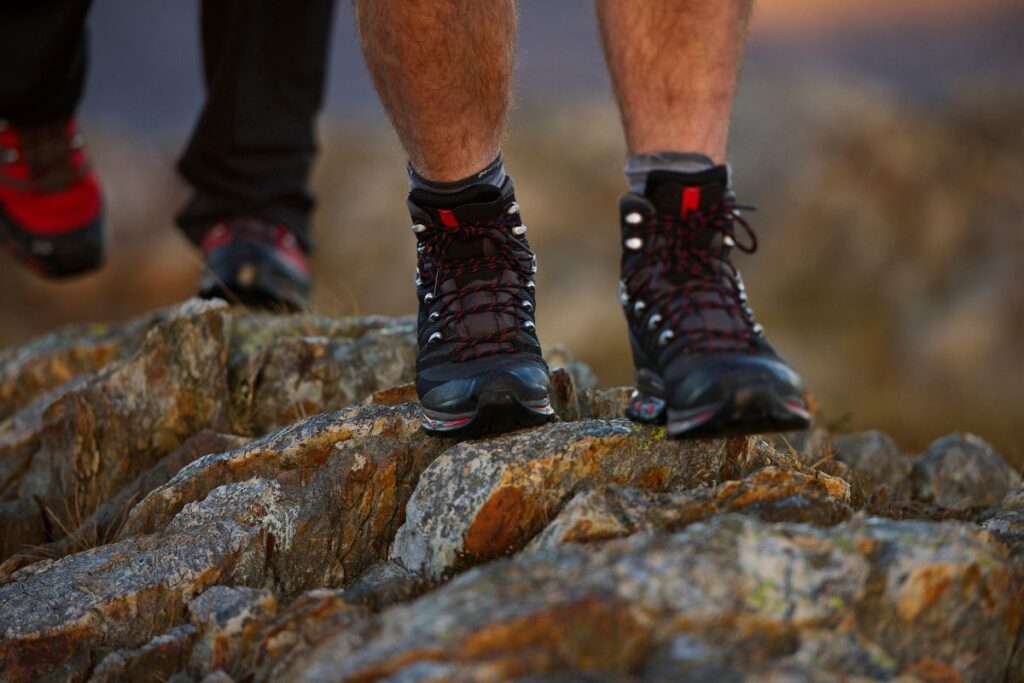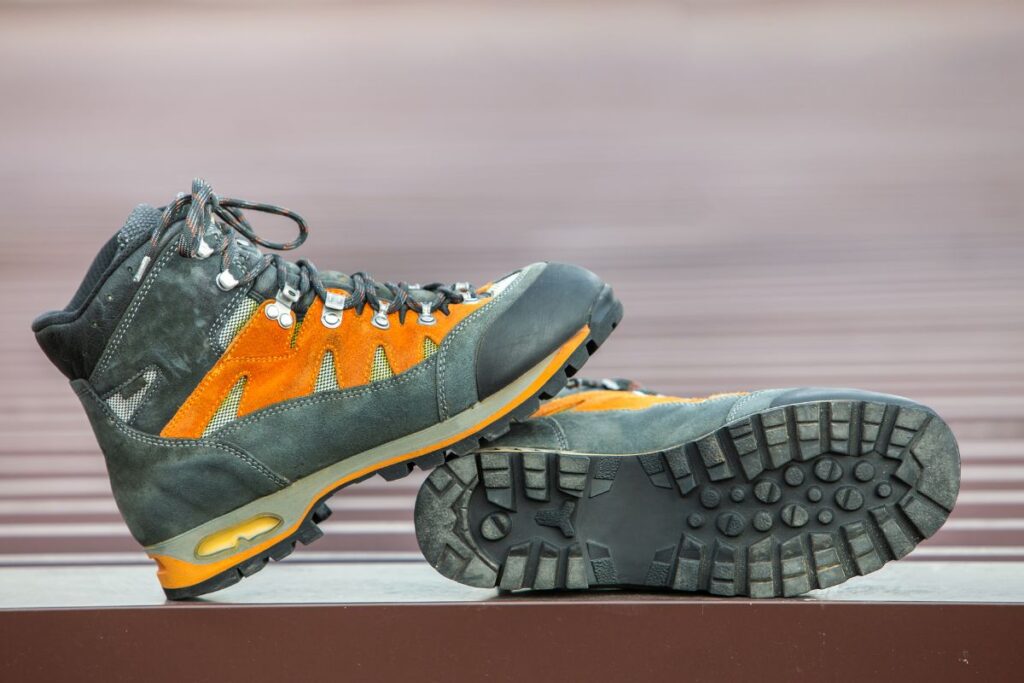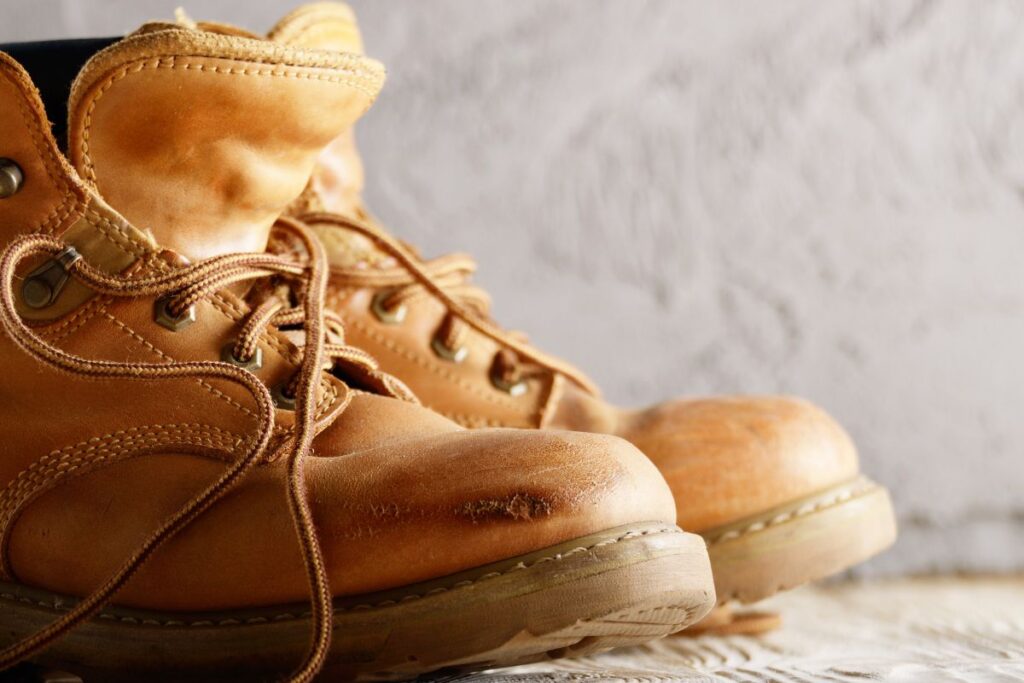The right footwear makes a huge difference in terms of comfort, safety, and performance when it comes to intense work and outdoor activities. Two types of boots that often come into consideration for such purposes are work boots and hiking boots. While they may seem similar initially, they are designed with different goals.
In this blog post, we’ll explore the key differences between work boots and hiking boots to help determine which suits you best.
Understanding the Basics: Work Boots

Work boots, such as Keen Utility work shoes, are designed primarily for individuals who work in demanding environments, such as construction sites, factories, warehouses, and other labour-intensive jobs. These boots are built to provide protection, durability, and support to help workers perform their tasks safely and comfortably. Here are some key characteristics of work boots:
- Durability: Work boots are constructed with rugged materials like leather or synthetic blends that withstand harsh conditions and heavy use. They are built to last and are often subjected to rigorous safety standards.
- Safety: Safety is paramount in work boots. They often come equipped with features like steel or composite toe caps to protect the feet from falling objects or compression hazards. Additionally, they may have slip-resistant soles and electrical hazard protection.
- Support: Work boots are designed to provide excellent arch support and stability, which is crucial for those who spend long hours on their feet. They also typically have a reinforced shank to prevent foot fatigue.
- Insulation: Depending on the work environment, some work boots have insulation to keep the feet warm in cold conditions or waterproofing to dry in wet environments.
Understanding the Basics: Hiking Boots

On the other hand, hiking boots are crafted explicitly for outdoor enthusiasts and adventurers who spend time in natural landscapes trekking through various terrains. Hiking boots prioritize comfort and performance during long walks, hikes, or backpacking trips. Here are some critical characteristics of hiking boots:
- Versatility: When it comes to outdoor sports, hiking boots are made to be adaptable and ideal for everything from day hikes to multi-day backpacking expeditions. They excel in providing comfort over extended periods of walking.
- Traction: These boots come with specialized outsoles that offer superior traction on various terrains, including rocky trails, muddy paths, and slippery surfaces. The tread patterns are often designed to prevent slips.
- Comfort: Hiking boots prioritize comfort through features like cushioned insoles and padded collars. They are designed to reduce the risk of blisters and foot fatigue during long hikes.
- Breathability: To keep feet comfortable and dry, hiking boots often incorporate breathable materials and waterproof membranes to allow moisture to escape while keeping water out.
Which Boots Are Right For You?
Work boots are the way to go if your job involves heavy machinery, construction, or manufacturing and requires safety features like toe protection and electrical hazard resistance.
When durability is paramount, you need footwear that withstand rugged environments and heavy use.
On the other hand, choose hiking boots:
- If you’re an outdoor enthusiast who loves hiking, backpacking, camping, and other recreational activities in natural settings.
- If you prioritize comfort and want to minimize the risk of foot fatigue and blisters during long walks or hikes.
- When you need versatile footwear that can handle a variety of terrains and weather conditions.
Finding the Perfect Fit

Now that you better understand their respective features and purposes, let’s dive deeper into the process of finding the perfect fit for your chosen footwear. Whether you opt for work or hiking boots, getting the right fit is essential for comfort, performance, and foot health. Ill-fitting boots can lead to discomfort, blisters, and even long-term foot problems. To find the perfect fit, follow these steps:
- Measure Your Feet: Before you start shopping for boots, measure both of your feet. Feet sizes vary, so it’s essential to measure both to ensure you choose the correct size. Take measurements of your feet’s length, width, and arch length.
- Wear Appropriate Socks: When trying on boots, wear the socks you plan to wear during outdoor activities or work. This will enable you to get a better idea of how the shoes will fit in actual use.
- Check for Toe Room: There should be some space (about a thumb’s width) between your longest toe (usually the big toe) and the front of the boot. This allows for natural movement and prevents discomfort.
- Pay Attention to Width: Boots come in different widths to accommodate various foot shapes. Make sure the shoes you choose match the width of your feet. Blisters and discomfort can result from shoes that are either too narrow or too wide.
- Walk Around: Feel free to walk around in boots while in the store. This will help you assess comfort, arch support, and overall fit. Pay attention to any pressure points or areas where the boots rub against your feet.
- Consider Orthotics: Consider using custom orthotic insoles if you have specific foot conditions or require additional arch support. These can significantly improve comfort and support in both work and hiking boots.
Breaking in Your Boots
It’s crucial to gradually break in your boots after you’ve selected the ideal pair. Avoid wearing them on long hikes or entire work shifts right away. Instead, initially wear them for short periods to allow your feet to adapt to the new footwear. This can help prevent blisters and discomfort.

Caring for Your Boots
Proper care and maintenance will extend the life of your boots and ensure they continue to provide the support and protection you need. Here are some tips for maintaining both work boots and hiking boots:
- Cleaning: Regularly clean your boots to remove dirt and grime. Cleanse with a soft brush or towel, and if necessary, use a specialized cleaner for leather or synthetic materials.
- Waterproofing: If your boots are not already waterproof, consider applying a waterproofing spray or wax to protect them from moisture and prolong their lifespan.
- Drying: Allow your boots to dry naturally at room temperature after use in wet conditions. Avoid direct heat sources like radiators or heaters, as excessive heat can damage the materials.
- Insoles: Replace insoles when they show signs of wear. High-quality insoles can significantly improve comfort and support.
- Storage: Keep your boots out of direct sunlight in a cool, dry location. away from direct sunlight. Use boot trees or shoe horns to help maintain their shape.
Wrapping Up
Choosing the proper footwear, whether work boots or hiking boots, is essential for comfort, safety, and performance in various activities. You can get yourself some great boots by being aware of the distinctions between these two types and determining the ideal fit.
With amazing footwear and proper care, you can enjoy many comfortable and productive hours on your feet, whether you’re at work or exploring the great outdoors.
Good luck!
Images supplied











